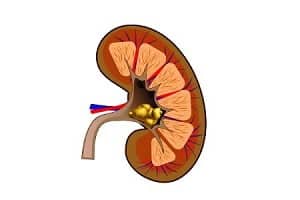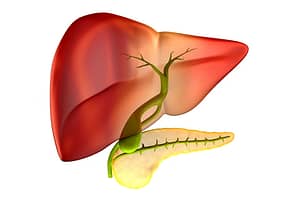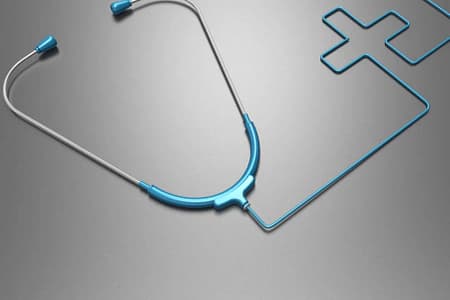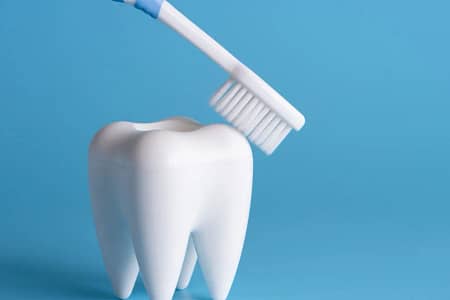Browsing: Health and Wellness
Comprehensive Information, Resources, and Support on Health and Wellness
Image Source In the vast and ever-evolving world of dietary supplements, one amino acid has steadily gained recognition for its…
Navigating the pharmaceutical supply chain presents a formidable challenge due to its intricate nature. From sourcing raw materials to delivering…
Individual behaviors and preferences can vary greatly from person to person. From hobbies to dietary choices, Americans exhibit a wide…
Why Do People Tape Their Mouths? Let’s Learn about This New Hack!
Amid rising concerns about the prevalence of sleep disorders, social media often remain abuzz with the latest trends, enlightening followers…
The Rise of Custom Telehealth Solutions: Reinventing Healthcare Access
Telehealth has emerged as a powerful force in the healthcare industry. Offering remote medical care services has drastically changed patient…
Know Your Rights: Legal Protections for Consumers Facing Product-Related Illnesses Later in Life
In an era where product consumption is an integral part of daily life, the potential for long-term health impacts resulting…
Urgent Signs That You Should Visit The Dentist
Do your teeth sometimes hurt? Have you noticed your gums looking a bit red or swollen? Maybe you chipped a…
The Physical Toll of Anxiety Disorders: What You Need to Know
Ever felt butterflies in your stomach before an exam or a big game? Your heart speeds up, and your palms…
Nature vs. Nurture: What Is the True Cause of Alcoholism?
Finding the root cause of an addiction can lead to some troubling answers. This is the main purpose of the…
Discover the Benefits of E-Prescriptions in the Medical World
What started as a feasible substitute in the wake of COVID-19 has continued to become a regular practice now. We…













